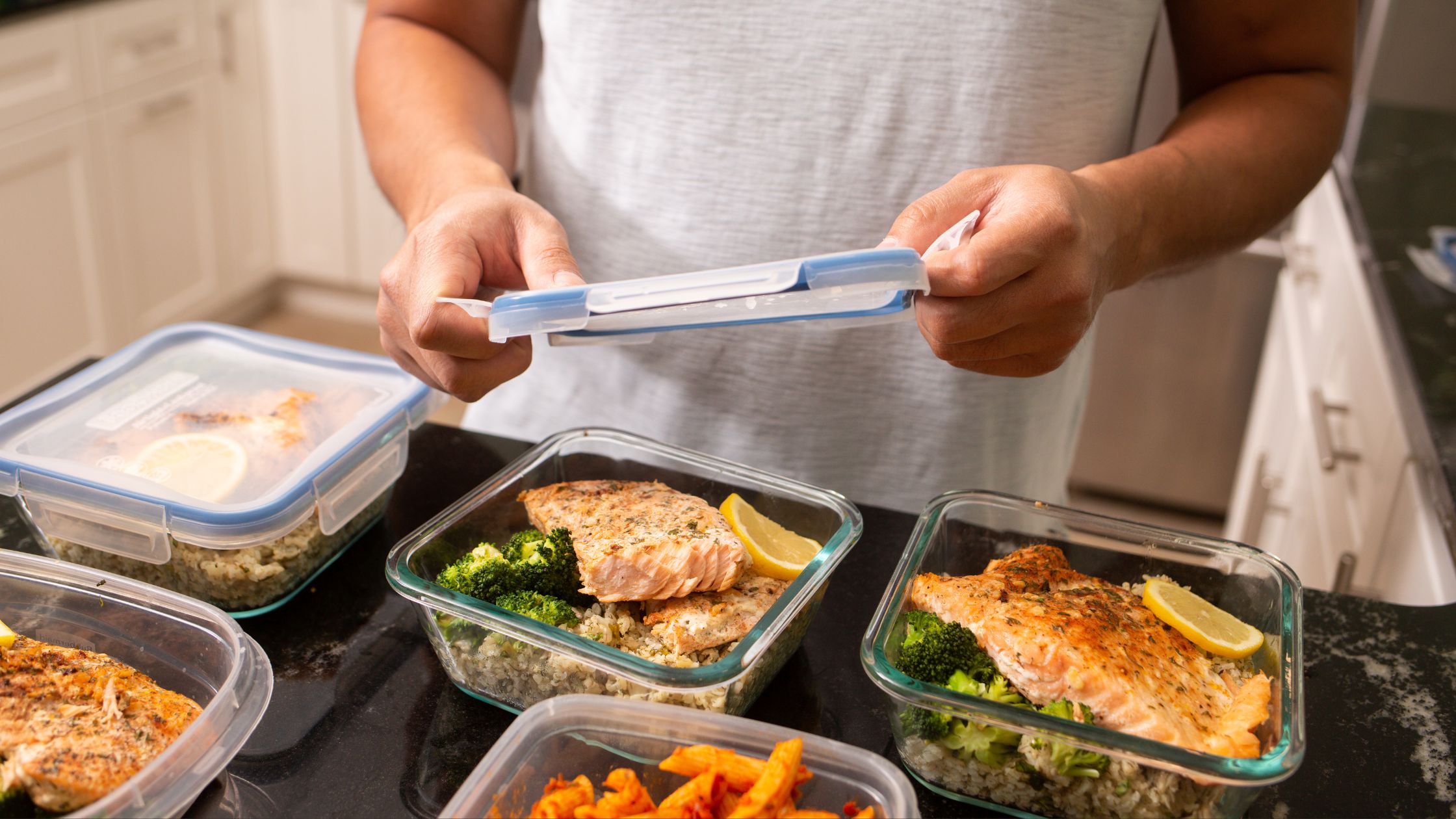How to Create a Healthy Meal Plan That Works For Your Lifestyle

Disclaimer: This post contains Amazon affiliate links. As an Amazon Associate, we earn from qualifying purchases at no extra cost to you. Your support helps keep this site running. Thank you!
Key Takeaways
How do I create a healthy meal plan that fits my lifestyle?
To create a healthy meal plan, start by assessing your dietary needs, choosing whole foods, and planning meals in advance. Focus on portion control, meal prep, and flexibility to ensure long-term success. Tracking your daily nutrition can also help refine your meal plan over time.
Maintaining a healthy diet can feel overwhelming, but with the right meal planning guide, you can create a sustainable and enjoyable routine that fits your lifestyle. Whether you’re a busy professional, a student, or managing a family, meal planning can help you save time, reduce food waste, and stay on track with your nutrition goals. Here’s how to craft a healthy meal plan that works for you.
1. Assess Your Dietary Needs and Goals
Before diving into meal prep, take a moment to evaluate your specific nutritional needs. Are you looking to lose weight, build muscle, or simply maintain a balanced diet? Consider factors like macro counting (balancing proteins, fats, and carbs), food preferences, and any dietary restrictions.
A registered dietitian or nutritionist can help you determine the best approach tailored to your lifestyle. You may also consider using a nutrition-tracking app to monitor your daily intake and see where adjustments are needed.
2. Prioritize Whole, Nutrient-Dense Foods
A successful meal plan should focus on whole foods that provide essential nutrients. Incorporate:
- Lean proteins like chicken, fish, tofu, and legumes
- Whole grains such as quinoa, brown rice, and whole wheat pasta
- Fresh fruits and vegetables for fiber and antioxidants
- Healthy fats from sources like nuts, seeds, and olive oil
This nutrient balance will ensure you get the vitamins and minerals your body needs to function at its best. Avoid processed foods that are high in sugars, unhealthy fats, and preservatives, as they can lead to weight gain and poor health outcomes over time.
3. Practice Portion Control
Portion control is key to maintaining a balanced diet without overeating. Use measuring cups, a food scale, or visual cues (like a palm-sized portion of protein) to keep servings in check. Pre-portioning meals in advance can prevent overindulgence and help with calorie management.
Mindful eating is another great technique to maintain portion control. Slow down while eating, chew your food thoroughly, and listen to your body’s hunger and fullness cues.
4. Plan Your Meals in Advance
A well-structured meal planning guide includes:
- Mapping out meals for the week
- Creating a shopping list based on your plan
- Prepping ingredients in advance to save time
Batch cooking and freezing meals can also make sticking to a healthy eating routine much easier. Having a meal plan minimizes the temptation to opt for unhealthy takeout or fast food.
5. Make Meal Prep a Habit
Meal prep simplifies healthy eating by ensuring you always have nutritious meals ready. Set aside a specific day to prepare meals in bulk. Cook proteins, chop vegetables, and store meals in portioned containers for quick access throughout the week.
Try using different storage containers to keep foods fresh longer. Glass containers with airtight lids are ideal for meal prep as they maintain food quality and prevent contamination.
6. Allow for Flexibility
Life happens, and not every day will go as planned. Leave room for last-minute changes by keeping simple, clean eating options on hand—like yogurt and nuts for snacks or pre-made salads for busy days. The key is to have a foundation while being adaptable.
Another great tip is to have a few quick, healthy recipes on standby. Having 10-minute meal options can help when you’re in a rush but still want to stick to your plan.
7. Track Your Daily Nutrition
To ensure you’re meeting your nutritional goals, consider tracking your intake. Apps that support macro counting and calorie tracking can provide insights into your eating habits and help with making necessary adjustments.
By tracking your progress, you’ll be able to identify patterns, see what works best for your body, and make changes accordingly.
Try This!
If you’re new to meal planning, start with a simple approach. Here’s an example of a beginner-friendly, healthy meal plan for a day:
- Breakfast: Scrambled eggs with spinach and whole-grain toast
- Snack: A handful of almonds and an apple
- Lunch: Grilled chicken salad with quinoa and vinaigrette dressing
- Snack: Greek yogurt with honey and berries
- Dinner: Baked salmon with roasted sweet potatoes and steamed broccoli
For meal prep success, invest in a good set of food storage containers, make meal planning a weekly habit, and experiment with different recipes to keep things interesting.
Our Favorite Food Storage Containers
- Airtight Food Storage Containers Set With Lids
- 40 Piece Food Storage Containers With Lids
- Rubbermaid 16-Piece BPA-Free Plastic Food Storage Set
Final Thoughts
Creating a healthy meal plan doesn’t have to be complicated. By focusing on whole foods, maintaining nutrient balance, practicing portion control, and staying consistent with meal prep, you can establish a sustainable routine tailored to your lifestyle.
Start small, experiment with different foods, and enjoy the journey towards healthier eating habits!
FAQ
What is the best way to start meal planning?
Start by assessing your dietary needs, setting clear nutrition goals, and choosing whole, nutrient-dense foods. Create a weekly meal plan and prep ingredients in advance.
How can meal planning help with weight loss?
Meal planning helps control portion sizes, reduces impulsive eating, and ensures balanced nutrition, making it easier to maintain a calorie deficit for weight loss.
What are some quick and healthy meal prep ideas?
Try overnight oats for breakfast, grilled chicken salads for lunch, and batch-cooked stir-fries or sheet pan dinners for easy weeknight meals.
How do I make meal prep a habit?
Dedicate a specific day each week for meal prep, use storage containers to keep meals fresh, and start with simple, easy-to-make recipes.
Can I meal plan if I have dietary restrictions?
Absolutely! Focus on foods that align with your restrictions and substitute ingredients as needed. A nutrition app or dietitian can help customize your plan.
